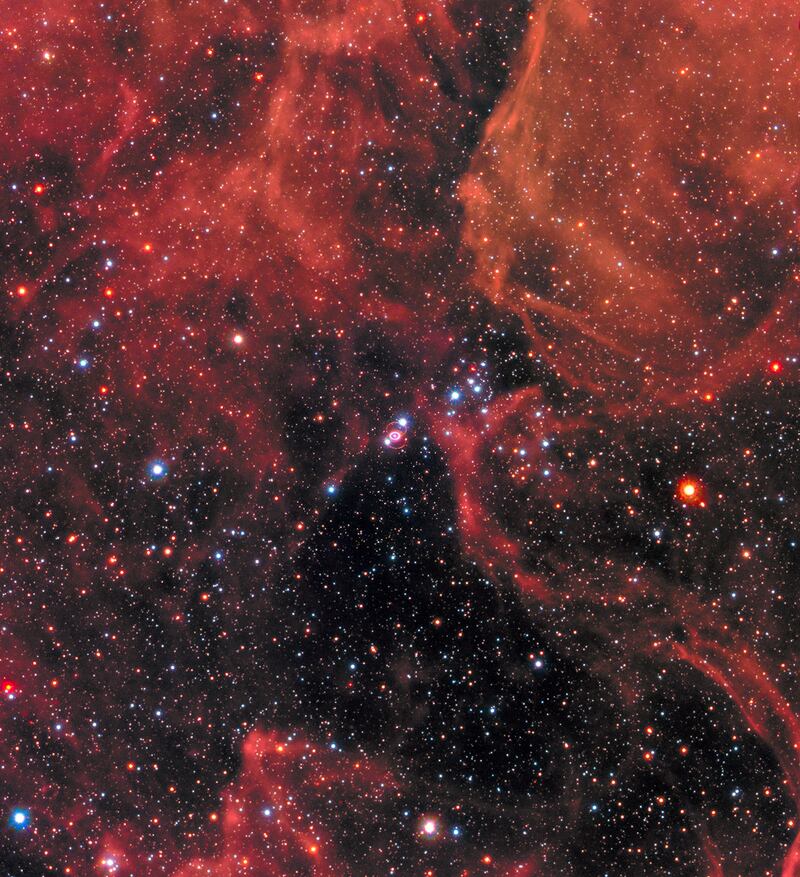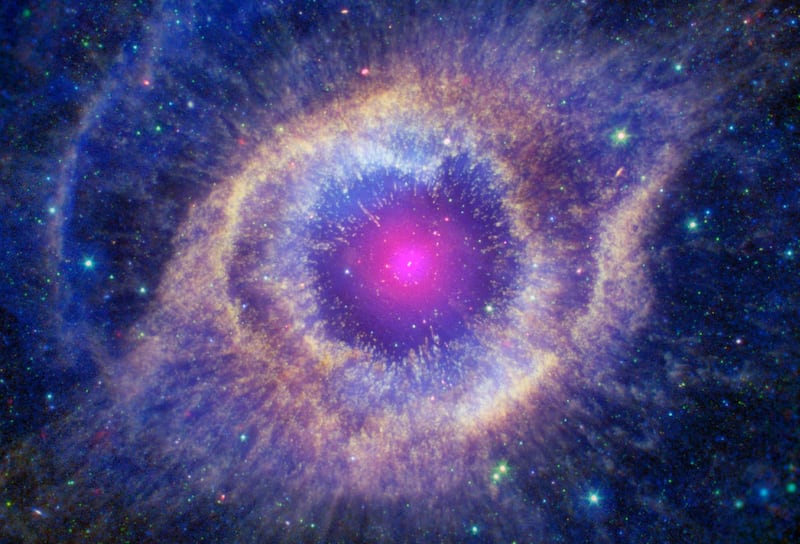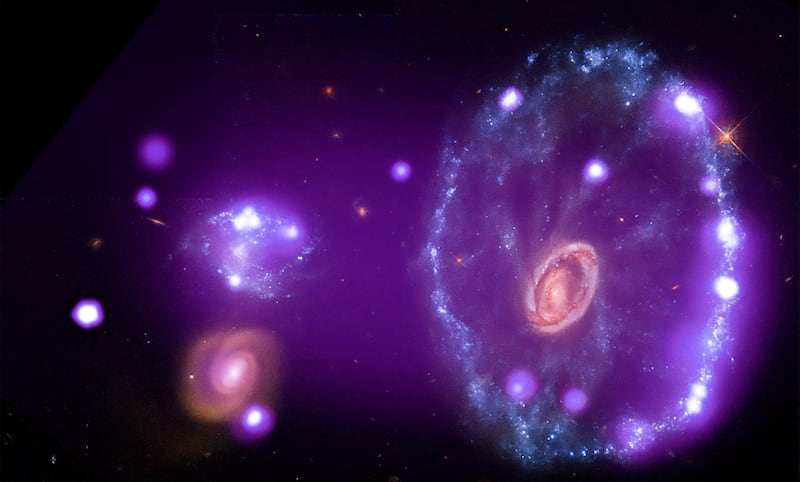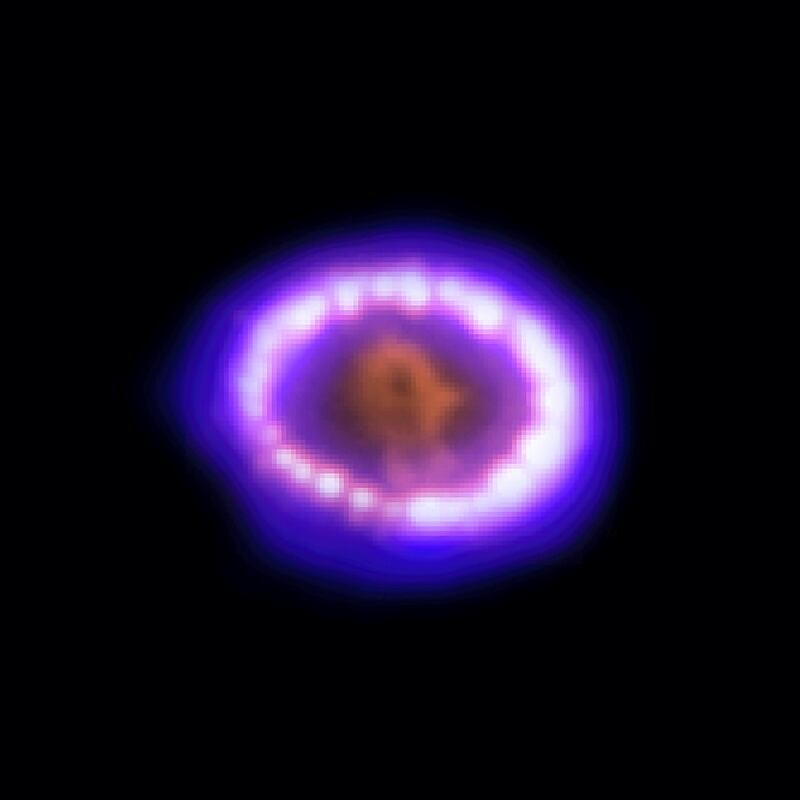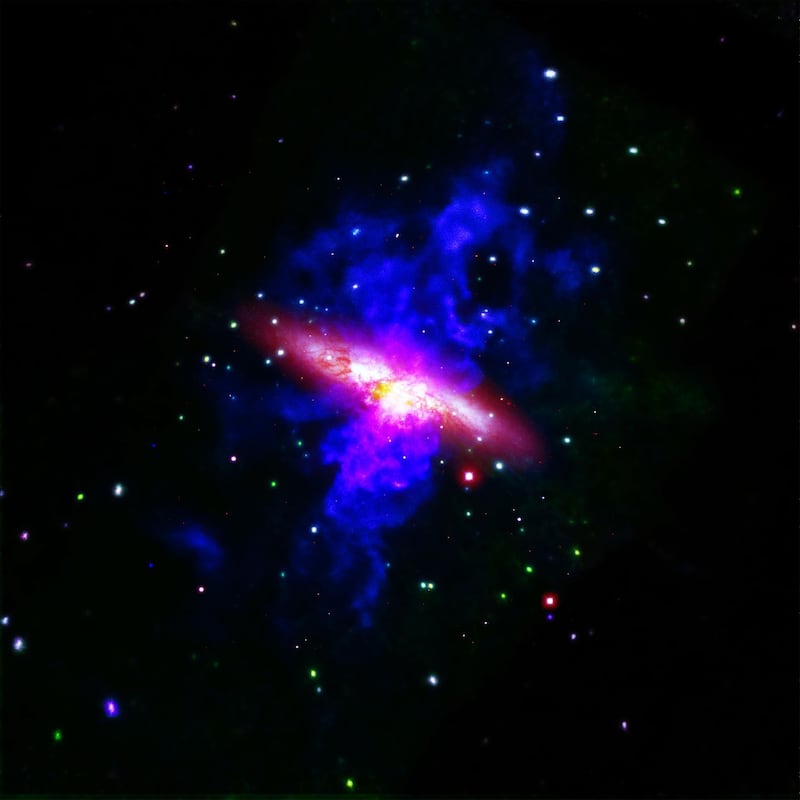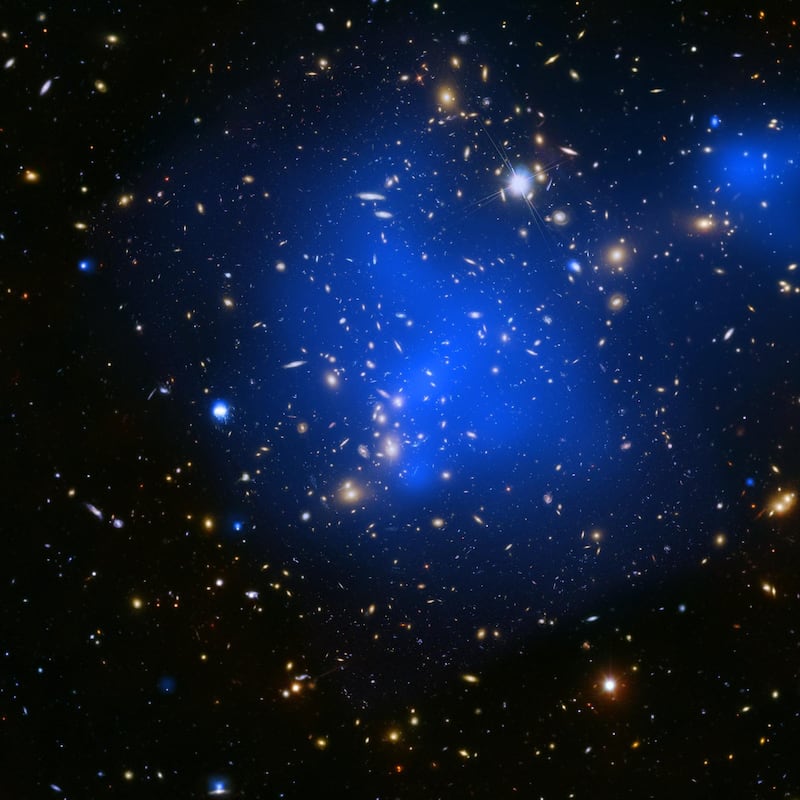Flashes from an exploding star that is 10 billion light years away will be visible from Earth in 2037, astronomers have predicted.
This would be the fourth time that light from the same star is visible, after it made its first appearance in 2016 in three different images. The light disappeared in 2019.
An exploding star, a phenomenon called a supernova, is a spectacular event that is so bright it outshines its entire galaxies for a few days. It occurs when a star is in the last stage of its life cycle.
The Hubble Space Telescope captured three images of the dying star, called Supernova Requiem (located in the MRG-M0138 galaxy), which appeared as tiny dots.
A study published in the Nature Astronomy journal revealed that a reappearance is expected in 2037.
"It is the most distant of the three, and the predicted delay is extraordinarily long," said Steve Rodney, lead researcher at the University of South Carolina in Columbia.
"We will be able to come back and see the final arrival, which we predict will be in 2037, plus or minus a couple of years."
Scientists believe it is important to study supernovae because exploding stars release elements and debris into space. Some of these elements form new stars or planets, while many of the elements found on Earth are made in the core of stars.
This particular phenomenon could help astronomers study the universe’s expansion rate by measuring the time delays between the four supernova images.
Researchers can also study the nature of dark energy, which repels gravity and causes the universe to expand at a faster rate.
Astronomers have been studying the expansion rate for decades, as it would determine whether the universe is infinite, without boundaries.
The dots in 2016 appeared over a period of 100 days and varied in brightness and colour, signifying that the blast was fading as it cooled over time. Astronomers expect the reappearance will be brighter and magnified, thanks to future telescopes.
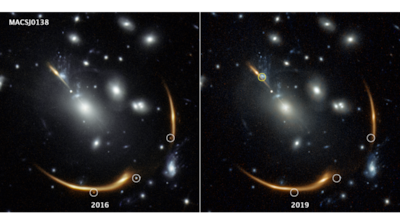
"These long time delays are particularly valuable because you can get a good, precise measurement of that time delay if you are just patient and wait years, in this case more than a decade, for the final image to return," Mr Rodney said.
"It is a completely independent path to calculate the universe's expansion rate. The real value in the future will be using a larger sample of these to improve the precision."
The reappearance of Requiem is possible because of its galaxy cluster’s powerful gravity, which distorts and magnifies light from the supernova behind it – a phenomenon called gravitational lensing.
This is similar to when a glass lens bends lights to magnify the image of a distant object – an effect that was first predicted by Albert Einstein.
"Whenever some light passes near a very massive object, like a galaxy or galaxy cluster, the warping of space-time that Einstein's theory of general relativity tells us is present for any mass delays the travel of light around that mass," Mr Rodney said.
The brightest supernova to appear in Earth's skies was in 1987, when a star exploded 160,000 light years away near the Tarantula Nebula.
Supernova 1987A was so massive that it appeared as a bright star in the sky. Even after dimming, the light could still be observed with telescopes until 2017.
